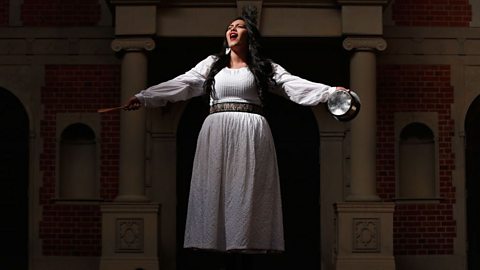Fifty years ago, anyone publicly expressing their self-respect for being gay or lesbian stood a good chance of being arrested. Perhaps thatтs why, in 1969, Gay Pride was born.
Like other battles for acceptance, such as the suffragette movement, the catalyst for action within the LGBT community came in the white heat of violence.
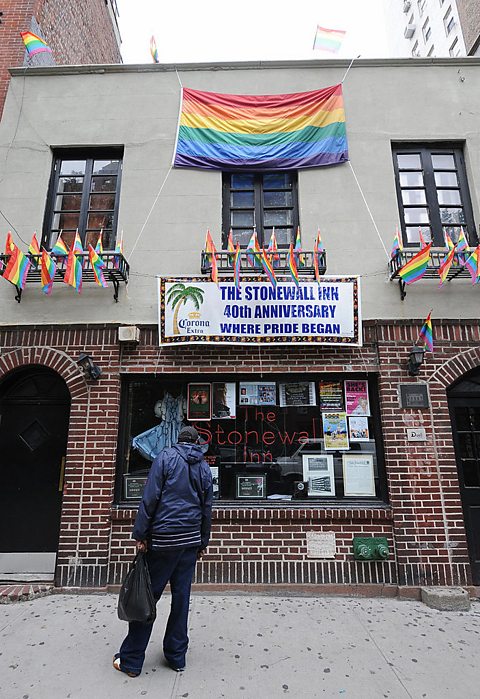
New York City: 1969 and 1970
June 28, 1969, saw police descend on the Stonewall Inn in New Yorkтs Greenwich Village. This was nothing new: as a popular gay bar in the city, it was often raided and customers arrested as same-sex relationships were banned under laws of the time.
This night was different. This was the night the customers fought back. There were 200 people inside the bar that evening and they all refused to cooperate with the police. Back-up was called for to get everyone out of the bar and transferred to police cells but by the time they had arrived, a crowd had gathered on Christopher Street, outside the Stonewall.
The police inside couldnтt get out and the rough way the officers outside the bar dealt with those gathered outside led to a flashpoint. Prominent figures in LGBT+ history were present that night. They included the activists Marsha P Johnson, Sylvia Rivera and StormУЉ DeLarverie. Gay rights activists fought with the police until 4am, and the struggles and protests continued for the following week.
Gay rights now had its movement and, more importantly, a momentum. June 28, 1969, was the day Gay Pride began. One year later, the event was marked with the Christopher Street Gay Liberation Day where more than 2,000 people marched to Central Park in protest of the communityтs mistreatment. The campaigner Brenda Howard was instrumental in organising the march and later became known as the тMother of Prideт. The movement was barely 12 months old and already it had had its first parade. The world was watching and would soon follow in those activistsт footsteps.

London: 1972
As a mark of solidarity for the events of Stonewall, London held its first Gay Pride in 1972. Whereas today itтs a glorious burst of colour around the streets of the capital with floats, music, make-up costume and a community feel, 47 years ago was altogether different. Despite the organisers wanting to present as positive a representation of gay and lesbian life possible, this was still a time when LGBT people faced violence and hostility, five years after the decriminalisation of male homosexuality in England and Wales.
It was always organised with fervour. The 1978 programme for Londonтs Gay Pride Week highlighted the National Frontтs attack on the hugely popular Royal Vauxhall Tavern pub. But, instead of giving in, the slogan was тLesbians and gay men, come out on the streetsт backed with the phrase: тGay is fun; Gay is proud; Gay is beautifulт.
San Francisco: 1978
Artist Gilbert Baker probably didnтt realise the cultural phenomenon he was unleashing when designing a flag for a march in the Californian city. Commissioned by none other than Harvey Milk, the first openly gay man elected to public office in the USA, Baker took eight different coloured stripes and stacked them horizontally, creating a rainbow effect which, quite simply, caught the imagination of those who saw it and became a symbol for LGBT people around the world.
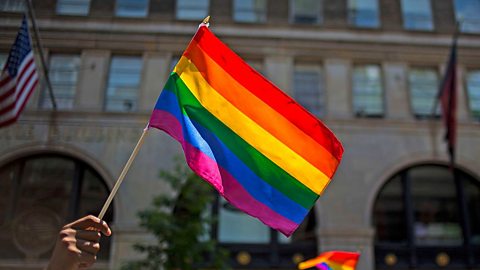
Harvey Milk was assassinated later that year, but the flag he requested from Baker lives on. Itтs been tweaked in the 41 years since its creation: hot pink was such a difficult shade of dye to source that it was removed, and turquoise went too - although it has been blended into the indigo stripe. That leaves the stripes as: red, orange, yellow, green, blue and indigo. And, just to be sure - always hold the flag with the red stripe at the top.
London: 1985
Those familiar with the movie Pride will be aware how two disparate groups in Thatcherтs Britain came to support each other through the LGBT movement.
The minersт strike of 1984/85 saw many parts of Britain which depended on coal as an industry come out in protest at colliery closures. In a sign of solidarity, families in south Wales which were particularly hard hit by a lack of money coming in were supported by LGBT people, who saw it as a way of reaching out to a group just as oppressed by the government as they were. It led to a relationship of respect building between the groups, with a group of Welsh miners and their families leading the Pride parade in London that year, joined by the LGSM (Lesbians and Gays Support the Miners).
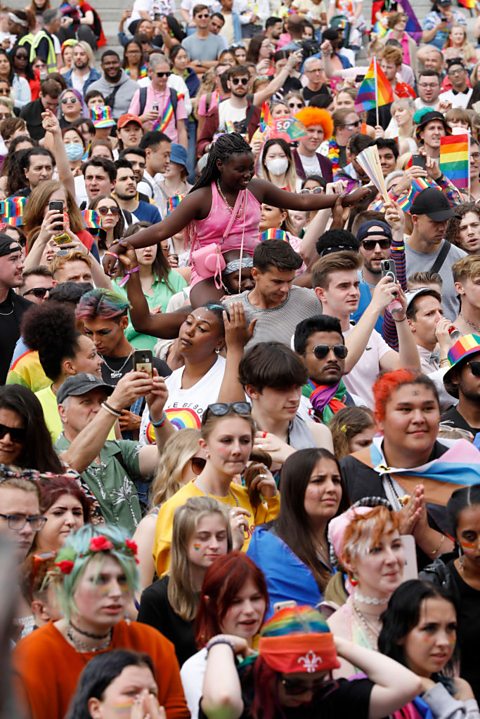
Global: 1990s
The AIDS epidemic saw Pride turn into another kind of protest, not just for equality but also calls for funding into research to fight the disease and a time to reflect on those who had died from the disease which took hold in the mid-1980s.
In the UK, the introduction of Section 28 in 1988, which stopped local authorities promoting homosexuality - therefore banning the subject from school lessons - was something which galvanised the LGBT community and its allies, with many Pride marches focusing on calls for it to be repealed. It was repealed in the end; in 2000 in Scotland and 2003 in England and Wales. In 1995, Scotland had its first Pride event.
The 1990s was also the time that homosexuality had more positive representation in popular culture. Popular TV dramas such as Russell T Daviesт Queer as Folk helped demystify elements of gay life for the viewing public and, as well as the politics, Pride took on more of a carnival atmosphere with appeal for all comers.
Pop acts who recognised the loyalty of their gay audiences would regularly perform as headline acts, although the political element of the event remained - including calls for marriage equality.

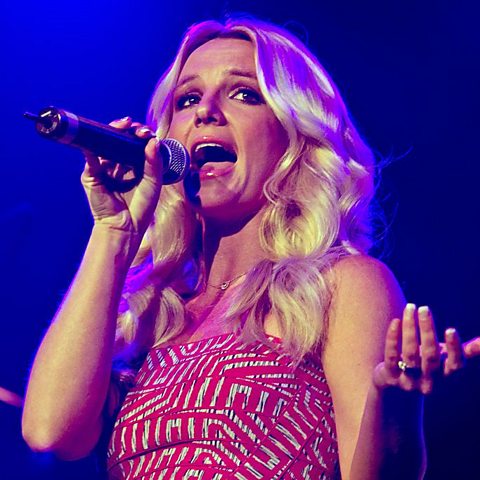
21st-century Pride
The political element of Pride is still there. Statistics show how people identifying as LGBT+ can still struggle. In a survey to coincide with May's International Day Against Homophobia, Transphobia and Biphobia, the Trades Union Congress found that 42% of LGBT people had experienced colleagues in the workplace making unwelcome comments about their sex life.
But this is also a time where Pride receives the kind of corporate sponsorship that was unthinkable in the 1970s, with many major brands happy to see their logo customised with the stripes of the rainbow flag and featured prominently on floats and advertising banners throughout the event.
In 2018, Britney Spears became, arguably, the focal point of Brighton Pride with a 90-minute set watched by 50,000 fans in the cityтs Preston Park. The headline news wasnтt the march, the spectacle or the politics - it was how long it took those thousands of Britney fans to clear the venue and get home afterwards on public transport.
Pride can still be a source of public outcry, but no longer it seems, over the politics of sexuality but that very British tradition of grumbling over a bit of disruption.
This article was updated in January 2023
The fabulous history of drag
From the Shakespearean stage to serving up runway realness.

Five unusual protests in history
For years people have found interesting and creative ways of getting their voices heard.
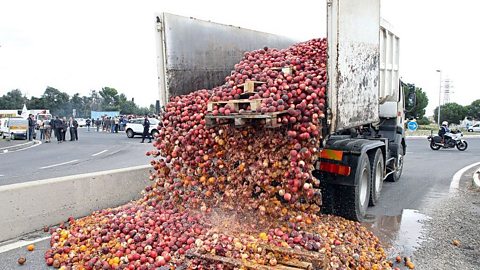
The tremendously tricky theatre quiz
If you fancy yourself to be the next Shakespeare, test yourself here first.
